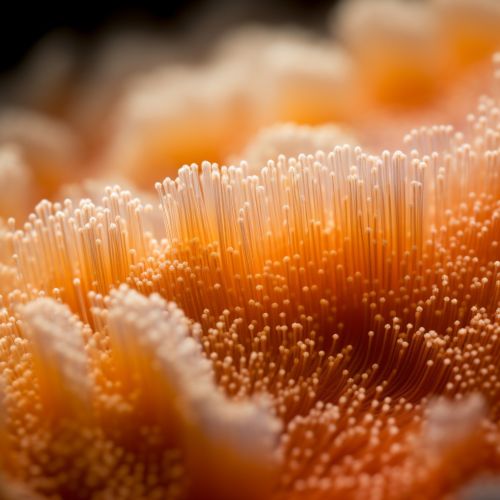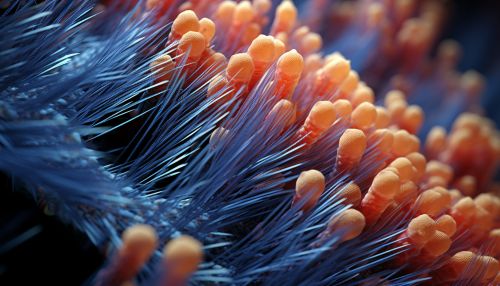Bacillus thuringiensis
Introduction
Bacillus thuringiensis (Bt) is a Gram-positive, soil-dwelling bacterium, commonly used as a biological pesticide. It is a spore-forming bacterium, characterized by the production of protein crystals during sporulation. These crystals, often referred to as Bt toxins, are lethal to many species of insects.


Biology and Life Cycle
Bacillus thuringiensis is a facultative anaerobe, capable of living in environments with or without oxygen. The bacterium forms dormant spores to survive in harsh environmental conditions. The life cycle of Bt includes a vegetative stage, a sporulation stage, and a germination stage.
Bt Toxins and Mode of Action
Bt toxins are proteins that are produced by the bacterium during sporulation. These toxins are encoded by cry genes, which are present on the plasmid DNA of the bacterium. The toxins are highly specific to certain insect species and are harmless to humans, animals, and beneficial insects.
Use in Pest Control
Bacillus thuringiensis is widely used in pest control due to its specificity and safety. It is used as a foliar spray on crops, where it is ingested by insect pests. Upon ingestion, the Bt toxins disrupt the gut lining of the insect, causing death.
Genetic Engineering and Bt Crops
The genes encoding Bt toxins have been transferred to several crop plants, creating genetically modified organisms known as Bt crops. These crops produce the Bt toxins, providing resistance against insect pests.
Safety and Environmental Impact
Bacillus thuringiensis and its toxins have been extensively studied for their safety and environmental impact. They are considered safe for humans, animals, and beneficial insects. However, concerns have been raised about the potential for resistance development in insect pests.
